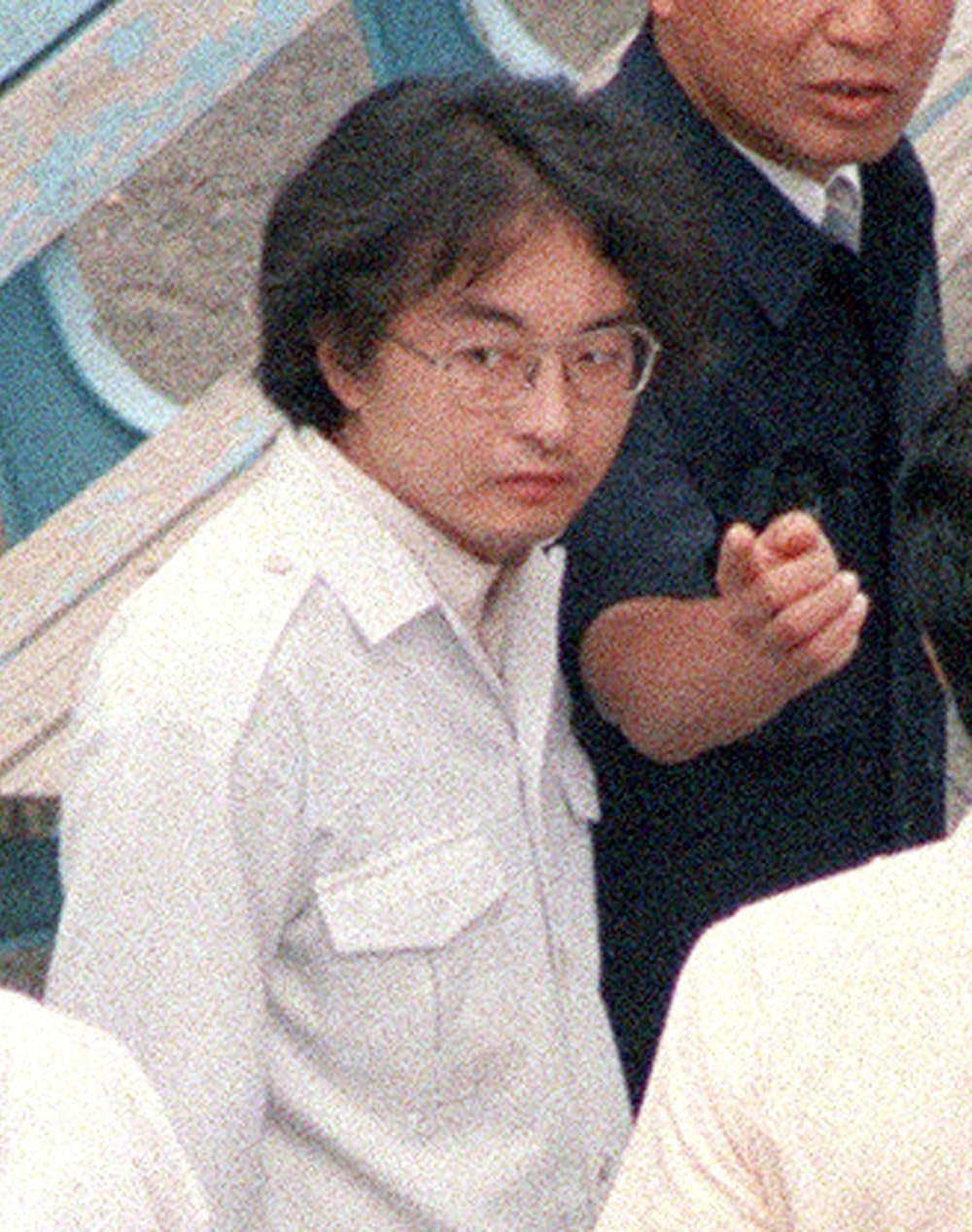Explore the chilling story of Tsutomu Miyazaki, Japan’s infamous Otaku Killer. A disturbing case of horror, obsession, and psychological darkness.

Tsutomu Miyazaki – The Otaku Killer Who Terrified Japan
Some criminals shock us. Others leave us speechless.
Tsutomu Miyazaki, known as the Otaku Killer, did both.
He wasn’t just a murderer.
He was a man who crossed every line of morality, sanity, and humanity.
His case still haunts Japan—and the world.
A Quiet Boy Turned Monster
Miyazaki was born in 1962 in Tokyo, Japan.
He suffered from a rare birth defect—his hands were fused at the wrists.
This made him shy, isolated, and deeply insecure.
Bullied by classmates, ignored by family, he turned inward.
As he grew older, he became obsessed with anime, horror films, and violent fantasies.
This obsession earned him the name “Otaku Killer.”
His story reminds many of Javed Iqbal, the Monster of Lahore—another killer who led a twisted double life.
The Horrific Crimes
Between 1988 and 1989, Miyazaki kidnapped and murdered four young girls, aged between 4 and 7.
But that wasn’t the worst part.
He:
- Strangled the children
- Mutilated their bodies
- Drank their blood
- Engaged in necrophilia
- And then kept body parts as trophies
In one case, he even sent letters and ashes to the victim’s family, written in a creepy, childlike tone.
He took photographs of the corpses and stored them alongside his massive collection of horror and anime tapes.
Much like the topic of The Cold-Blooded Killer Who Lived a Double Life, Miyazaki wore a mask of calm. He appeared composed in public settings. He appeared composed to those around him.
A Room of Madness
When the police finally arrested him, they searched his room.
What they found was beyond disturbing.
More than 5,000 videos lined the walls—anime, pornography, violent horror films, and crime documentaries.
There were photos of the victims.
Clothing, bones, and even preserved hands.
It was a place where fantasy and nightmare blurred into one.
Websites like www.america112.com have explored how this dark obsession became real-world horror.
The Trial and Execution
His trial began in 1990.
Doctors diagnosed him with multiple disorders, including schizophrenia and dissociative identity disorder.
But the court ruled that he knew exactly what he was doing.
In 2006, after years of appeals, Tsutomu Miyazaki was executed by hanging.
He showed no remorse.
He remained emotionless—even smiling in court at times.
Why He Shocked Japan
Japan is known for its low crime rate.
So, Miyazaki’s crimes shattered a nation’s sense of safety.
He:
- Murdered innocent children
- Documented and enjoyed his crimes
- Sent disturbing letters and body parts to families
- Hid behind a love for anime and comics
The media labelled him as a symbol of the dark side of “Otaku culture.”
A Mind Twisted by Pain
Tsutomu Miyazaki’s story is not just about crime.
It’s about loneliness, mental illness, and the dangerous power of unchecked obsession.
It teaches us that ignoring pain, especially in children, can lead to darkness.
Some monsters, like Miyazaki, are not born—they are shaped in silence.
Final Thoughts
The Otaku Killer’s case still echoes through Japan.
It was a wake-up call about mental health, media influence, and how evil can hide in plain sight.
He was not a shadowy stranger.
He was someone who looked ordinary.
But inside, he was hiding something truly terrifying.


2 Replies to “Inside the Mind of Japan’s Otaku Killer”